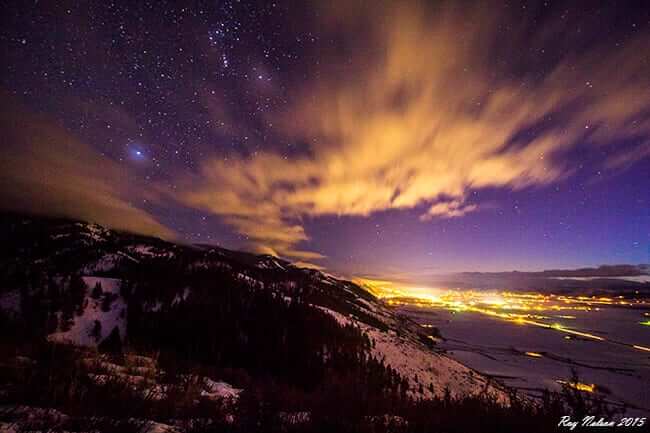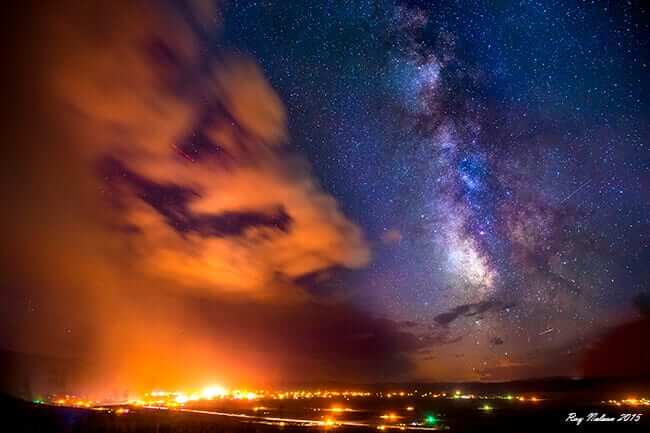Forgot Password?
Please enter your email address to receive a link for resetting your password.
Thank You
You will receive an email with further instructions. Please contact customer support if you need any further assistance.
Please verify your email address
A verification link has been sent to your email to activate your account. The link will be valid for 1 hour.
Please check the spam inbox if you can't find the email. If you still can't find it, we can resend it.
A verification link has been sent to your email 00:00

 I have been photographing for one and a half short years. I purchased my first DSLR when I was 19 as a birthday present and I have been hooked ever since. I am self taught, and have learned everything I know through trial and error. I have since moved away from the DSLR and I am now shooting with Sony mirrorless systems, primarily the first Sony a7 and Sony a6000. My progression has been quite rapid and I hope to continue in that for many more years to come!
I have been photographing for one and a half short years. I purchased my first DSLR when I was 19 as a birthday present and I have been hooked ever since. I am self taught, and have learned everything I know through trial and error. I have since moved away from the DSLR and I am now shooting with Sony mirrorless systems, primarily the first Sony a7 and Sony a6000. My progression has been quite rapid and I hope to continue in that for many more years to come! My night sky images have been the most challenging and difficult photographs to acquire, yet they have been the most rewarding. I am very lucky to live in a place that has such amazing night sky opportunities. The number one factor to my success is without a doubt my location and the dark skies I have access too. Most people today live in large cities and don’t get to view all the many stars, let alone photograph them! I’ve developed my own style of shooting and processing my images, and many people seem to like them. Often a single image of the Night Sky will take me anywhere from 8-10 hours to process and finish. I use a technique called stacking. Stacking helps me to reduce noise in my images and allow me to edit the images with more depth than a single exposure. Night time photography is so exciting simply because you don’t know exactly what you are going to get until you take the photo. It’s a surprise every time. All of my favorite images of the night sky have been taken within 30 miles of my home. Each location is special to me. I would love to travel sometime soon and take my night time photography to new heights!
My night sky images have been the most challenging and difficult photographs to acquire, yet they have been the most rewarding. I am very lucky to live in a place that has such amazing night sky opportunities. The number one factor to my success is without a doubt my location and the dark skies I have access too. Most people today live in large cities and don’t get to view all the many stars, let alone photograph them! I’ve developed my own style of shooting and processing my images, and many people seem to like them. Often a single image of the Night Sky will take me anywhere from 8-10 hours to process and finish. I use a technique called stacking. Stacking helps me to reduce noise in my images and allow me to edit the images with more depth than a single exposure. Night time photography is so exciting simply because you don’t know exactly what you are going to get until you take the photo. It’s a surprise every time. All of my favorite images of the night sky have been taken within 30 miles of my home. Each location is special to me. I would love to travel sometime soon and take my night time photography to new heights! I prepare for my night time shoots in several different ways. First and foremost is location. Often I will scout during the day for unique places, and dark skies away from the town lights. I like to use an app on my phone called Sky Guide to see where in the sky certain celestial objects are and where they will be when the night falls. Objects such as the Galactic Core or Milky Way as many people call it. The next thing I do is a bit more challenging. I envision and picture in my head the photograph I want. Visualizing is very important, if you have an idea of what you are after you have a goal to achieve. Having a goal helps you stay focused and determined. The last thing is to go out there and shoot! I don’t get it correctly perfect every time. Often I will spend several minutes picking the right spot for the camera and the settings I need to achieve the best results. Many many failure shots are taken before the best one ever is. What is in my bag? Well for my primary camera I use the first model Sony a7 and sometimes the Sony a6000. As far as lenses go I use a variety, but my favorite lenses are the Samyang 24mm f1.4, the Samyang 85mm f1.4, The Minolta Rokkor MD 50mm f1.4 Manual film lens and a few others. I use all manual focus lenses because in reality you can’t autofocus in the dark! My favorite ability is to mount old Minolta film lenses on my Sony cameras. It’s very fun and optically they are amazing. Also CHEAP! Being only 20 years old I don’t have thousands to spend, so I take a budget approach to my photography and these manual focus lenses help me to do that. I also have a sturdy Carbon Fiber tripod, hand warmers, extra batteries, a remote shutter and also my MP3 player and some headphones.
I prepare for my night time shoots in several different ways. First and foremost is location. Often I will scout during the day for unique places, and dark skies away from the town lights. I like to use an app on my phone called Sky Guide to see where in the sky certain celestial objects are and where they will be when the night falls. Objects such as the Galactic Core or Milky Way as many people call it. The next thing I do is a bit more challenging. I envision and picture in my head the photograph I want. Visualizing is very important, if you have an idea of what you are after you have a goal to achieve. Having a goal helps you stay focused and determined. The last thing is to go out there and shoot! I don’t get it correctly perfect every time. Often I will spend several minutes picking the right spot for the camera and the settings I need to achieve the best results. Many many failure shots are taken before the best one ever is. What is in my bag? Well for my primary camera I use the first model Sony a7 and sometimes the Sony a6000. As far as lenses go I use a variety, but my favorite lenses are the Samyang 24mm f1.4, the Samyang 85mm f1.4, The Minolta Rokkor MD 50mm f1.4 Manual film lens and a few others. I use all manual focus lenses because in reality you can’t autofocus in the dark! My favorite ability is to mount old Minolta film lenses on my Sony cameras. It’s very fun and optically they are amazing. Also CHEAP! Being only 20 years old I don’t have thousands to spend, so I take a budget approach to my photography and these manual focus lenses help me to do that. I also have a sturdy Carbon Fiber tripod, hand warmers, extra batteries, a remote shutter and also my MP3 player and some headphones.
 To see more of Roy’s out of this world photography, you can check out his website at RN Photography or his Instagram @rnelson_photography.
To see more of Roy’s out of this world photography, you can check out his website at RN Photography or his Instagram @rnelson_photography.